Dementia Friendly Project by IMMORTAL
aasarchitecture
NOVEMBER 22, 2023
According to Alzheimer’s Disease International, someone in the world develops dementia every 3 seconds and it is estimated that by 2030 this number could very well reach 78 million and that much of the increase will be in developing countries – that is a scary statistic. Source by IMMORTAL.

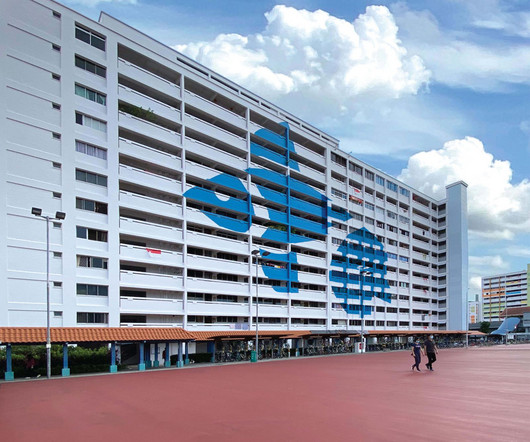
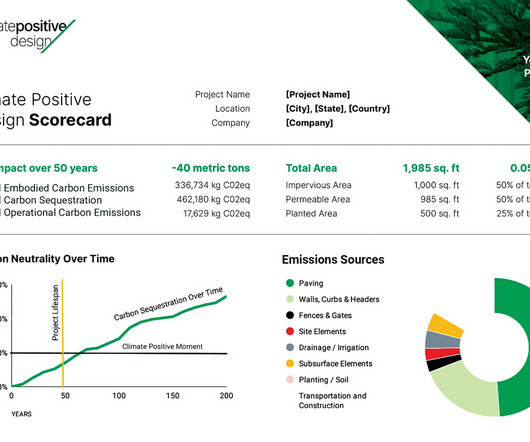




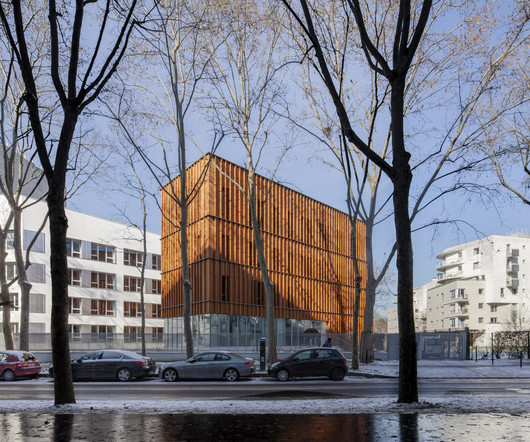
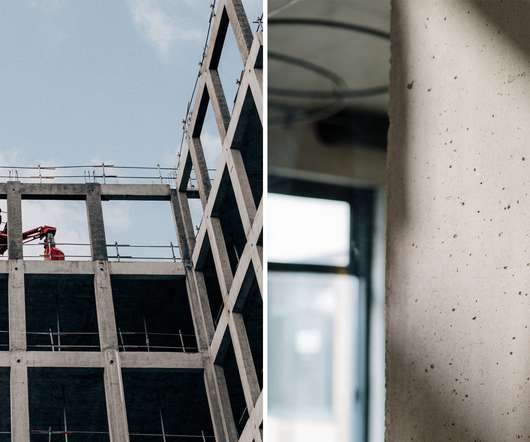

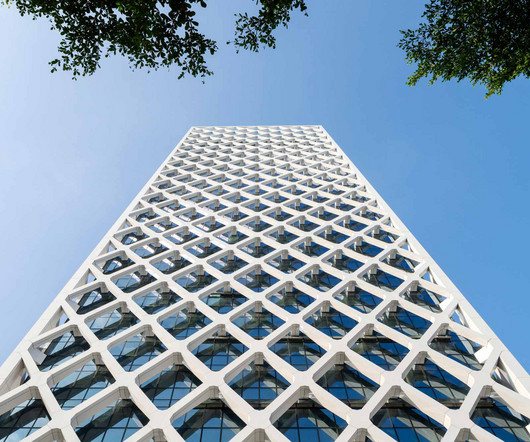
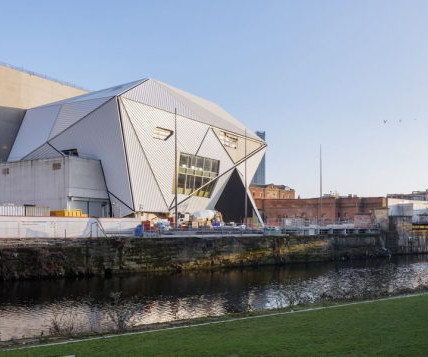







Let's personalize your content